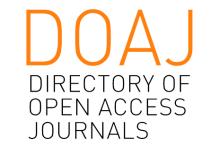Resource information
Guatemala was among the world’s leaders in deforestation during the 1990s at a rate of 2% per annum. Much of Guatemala’s recent forest loss has occurred in the emerging agricultural frontiers of the Maya Biosphere Reserve (MBR), the heart of the largest contiguous tropical forest in Central America—La Selva Maya. This paper presents data from 241 heads of households and 219 partners of household heads from a geographically stratified sample of eight (of 28) communities in the Sierra de Lacandón National Park (SLNP), the most ecologically biodiverse region in La Selva Maya and a core conservation zone of the MBR. Settler households are examined relative to a host of factors relating land use and land cover change. Specifically, demographic trends, political and socio-economic development, and ecological factors are described in this first detailed statistically-representative sample probing human population and environment interactions in an emerging agricultural frontier in Central America.


